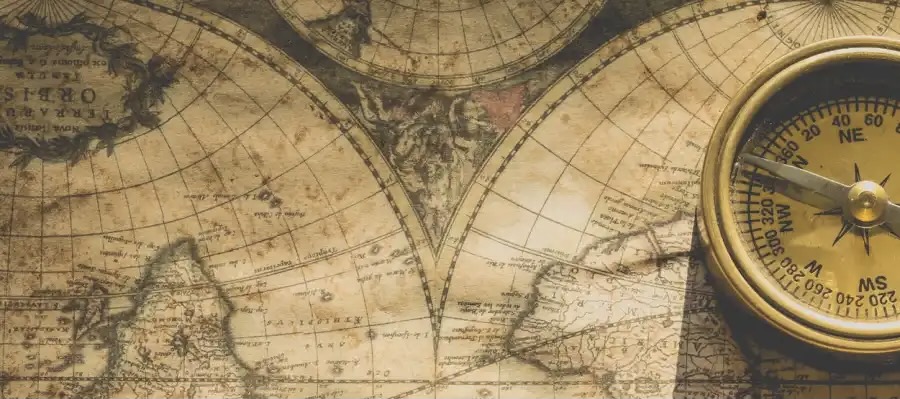Several significant prehistoric sites are close enough to Dublin to definitely warrant a visit. Even if you’re not particularly interested in history, the trip is still worthwhile for the scenery alone.
The Hill of Tara in County Meath, just 50 km northwest of Dublin, is a peaceful verdant landscape with some of the best views in Ireland from atop the hill.
I was so impressed that I took a 360 degree video which you can see here.
The many and seemingly disparate monuments found at the Hill of Tara made it somewhat difficult for me to understand, much less explain their meaning succinctly. The oldest archeological evidence at Tara is a passage tomb that dates as far back as 3350 BC. It’s called the Mound of Hostages, but the name itself has nothing whatsoever to do with the passage tomb which was a communal burial site. When excavated in the 1950’s, it yielded the remains of over 300 men, women, and children along with many artifacts that are now housed by the National Museum of Ireland. The name, however, instead refers to the custom of taking and exchanging hostages between clans which apparently took place later.
Probably the best known purpose of the Hill of Tara was its use as the sacred site where 452 of the high kings of Ireland were inaugurated until around 600 AD. The date this tradition began is unknown, however. The coronations took place at the Stone of Destiny, which incidentally, was moved from its original location nearby. This monument definitely looked phallic to me and I was relieved to read the sign that confirmed my suspicions. Apparently, it was a symbol of fertility. (No kidding.)
Then there is the statue of St Patrick who reportedly used this site in 433 AD to confront the high king in an effort to convert him to Christianity. St Patrick’s Church is also here which houses the visitor center but it was closed for renovations the day we were there.
We visited the Hill of Tara later in the day and there were very few other visitors. The next morning, however, we were at Brú na Bóinne when it opened because it’s a very busy place with limited numbers allowed on tour at a time.
Brú na Bóinne, which means palace or mansion of the Boyne, is a World Heritage Site composed of three passage tombs, Newgrange, Knowth, and Dowth that are around 5000 years old. We saw signs all over Ireland that announced these tombs are older than the pyramids.
The guided tour begins at the visitor center. Tickets are €6 for Newgrange and €5 for Knowth. We elected to visit Newgrange only as we had toured Knowth on our last visit.
After a short walk across a pedestrian bridge over the River Boyne, we boarded a bus to transport us to the tomb at Newgrange. Each group is limited to 14 persons and your tour time is set when you purchase your ticket on a first come first served basis.
Photography isn’t allowed inside the tomb but is allowed in the visitor center where there was a picture of the inside of Newgrange. I took a photo of the picture to give an idea of what it’s like inside.
The chamber is quite large with three recesses and a corbelled roof of overlapping layers of rock with a capstone, then covered with tons of soil and grass. The roof is still waterproof after 5000 years. There are many theories regarding the artwork both inside and outside the tomb but we can’t know with any certainty what it means. Many clues might also have been removed because, unfortunately, the tombs were pillaged for years before official excavation began.
The most remarkable and famous feature of Newgrange is the roof box through which the sun enters at dawn for several days surrounding the winter solstice on December 21. As the sun rises, the passage and chamber are gradually illuminated. At the end of September each year local school children draw the names of 50 persons who receive 2 tickets each for entrance to the chamber for one of the 5 days of illumination. In 2014, over 30,000 entries were submitted for the lottery. The drawing this year is on September 25. Wouldn’t it be grand to have your name drawn and be there on a sunny day, too?
References: Informational materials at the Hill of Tara and Visitor Center at Brú na Bóinne.
Based on events in April 2015.













I love your pics and descriptions! I feel like I’m there with you!